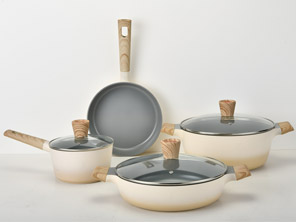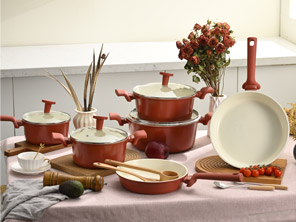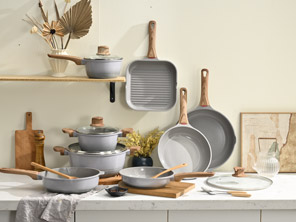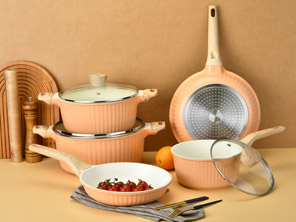As concerns about the environment grow, more people are seeking ways to reduce their carbon footprint, including in the kitchen. Energy-efficient appliances are an excellent way to save energy, lower utility bills, and contribute to a more sustainable lifestyle. Here’s a guide to some of the most energy-efficient kitchen appliances and how they can benefit both you and the environment.
1. Refrigerators
Refrigerators are one of the most energy-intensive appliances in the home, running 24/7 to keep food fresh. Energy-efficient models use advanced insulation, compressors, and fans to reduce energy consumption. Look for refrigerators with the ENERGY STAR label, which indicates they meet strict energy efficiency guidelines set by the U.S. Environmental Protection Agency (EPA). Features like adjustable thermostats, energy-saving modes, and LED lighting also contribute to energy savings.
2. Dishwashers
Modern dishwashers are designed to be much more energy-efficient than older models. They use less water and energy while still providing excellent cleaning performance. ENERGY STAR-certified dishwashers can save significant amounts of water and electricity. Additionally, features like soil sensors, which adjust water use based on the cleanliness of the dishes, and efficient drying technologies, such as air drying, further reduce energy consumption.
3. Induction Cooktops
Induction cooktops are one of the most energy-efficient cooking methods available. They use electromagnetic energy to directly heat the cookware, resulting in faster cooking times and less energy waste. Unlike gas or electric cooktops, induction cooktops do not generate excess heat, making them more efficient and comfortable to use, especially in warm climates. Additionally, they offer precise temperature control, which can lead to further energy savings.
4. Microwave Ovens
Microwave ovens are highly energy-efficient for certain cooking tasks, such as reheating leftovers or cooking small portions. They use microwave radiation to directly heat food, which is faster and more efficient than conventional ovens. While not suitable for all types of cooking, microwaves can save significant amounts of energy compared to using a full-sized oven. Many modern microwaves also come with energy-saving features, such as eco-mode settings.
5. Energy-Efficient Ovens
Ovens have also seen improvements in energy efficiency, with many modern models designed to use less energy. Convection ovens, for example, use a fan to circulate hot air, cooking food more evenly and quickly, which reduces cooking times and energy use. Some ovens also have energy-saving modes that lower the temperature when not in use. Additionally, using an oven’s self-cleaning feature sparingly and cooking multiple dishes at once can further optimize energy use.






